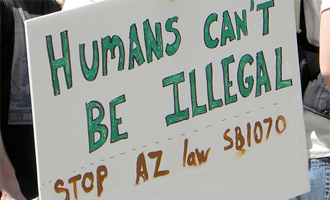
Originally published in June 2013.
Immigration – and public policies to manage it – arouses strong emotions and fierce social and political battles, not just in the United States but in most other countries across the world. Why is this true? Each nation has its own issues that inspire or enrage, of course, but there are widespread, underlying patterns that can be identified and taken into consideration by reformers.
Reformers trying to facilitate immigration are often locked in battles with groups that want to place limits on international migration. Combatants start from very different world views – not only emphasizing different values but almost speaking different languages. To avoid destructive backlashes, reformers must understand and respect the values and perspectives of all groups involved in public debates, as we can see from a closer look at the United States. more...



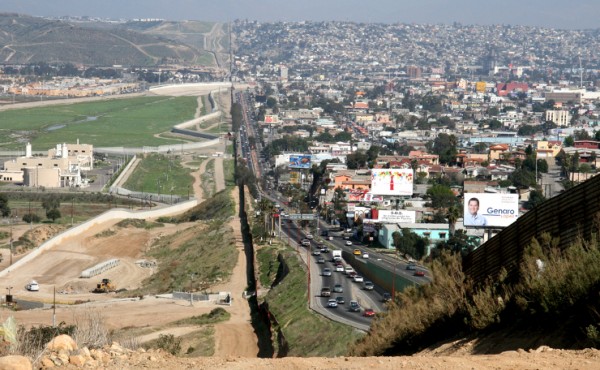

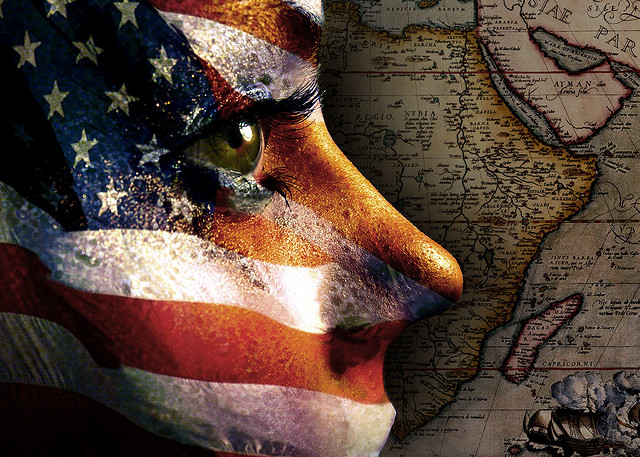
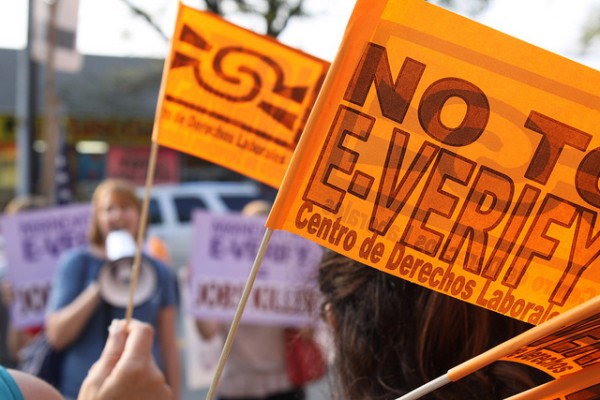
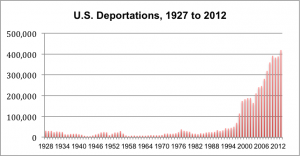
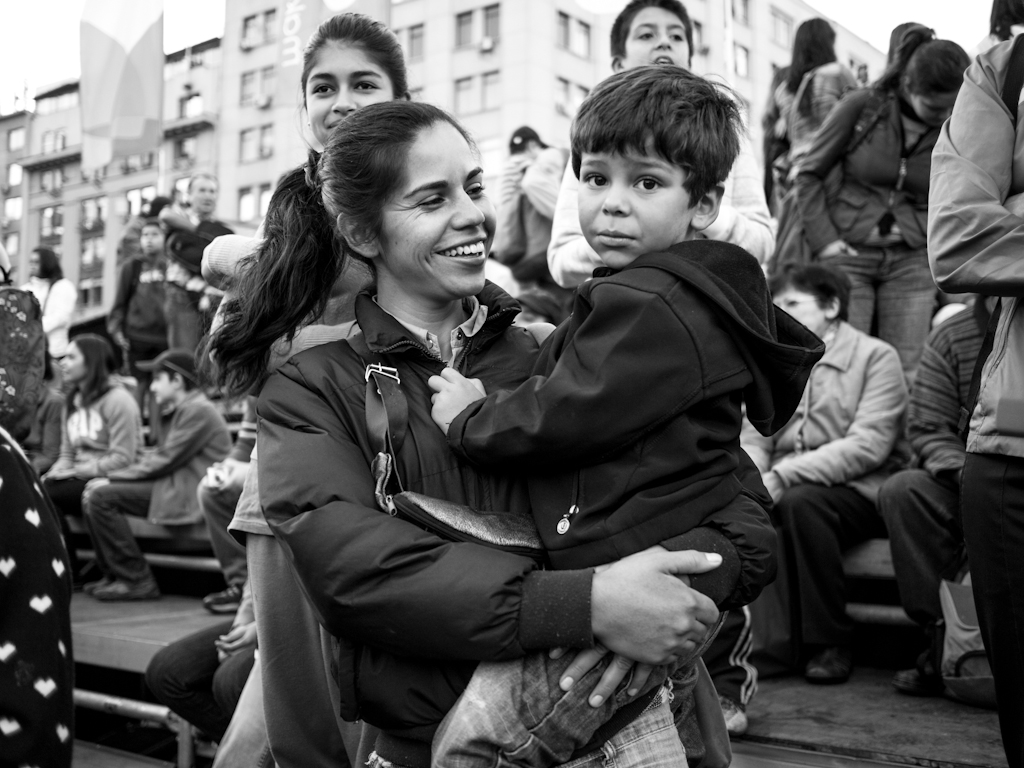
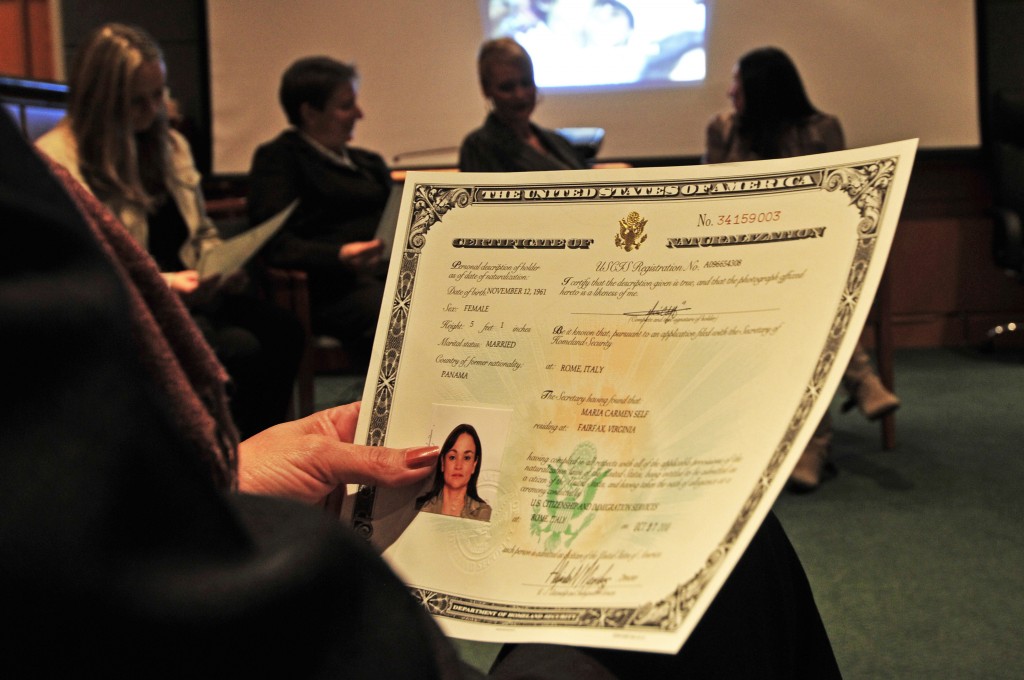
 Research to Improve Policy: The Scholars Strategy Network seeks to improve public policy and strengthen democracy by organizing scholars working in America's colleges and universities. SSN's founding director is Theda Skocpol, Victor S. Thomas Professor of Government and Sociology at Harvard University.
Research to Improve Policy: The Scholars Strategy Network seeks to improve public policy and strengthen democracy by organizing scholars working in America's colleges and universities. SSN's founding director is Theda Skocpol, Victor S. Thomas Professor of Government and Sociology at Harvard University.